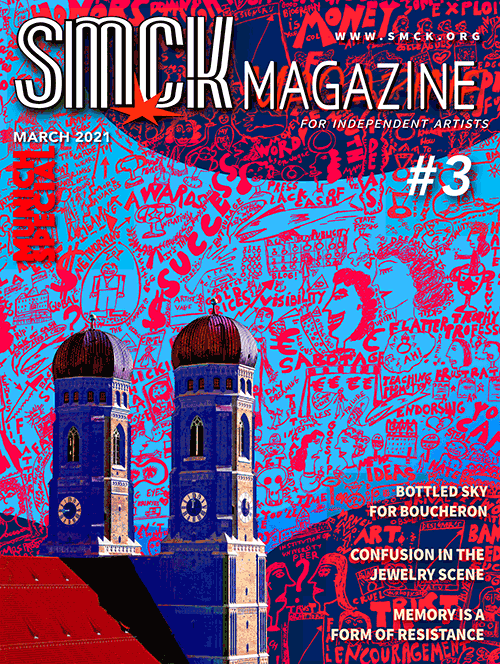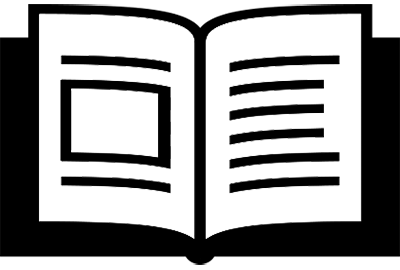AUDIBLE SCULPTURES
LUKAS TAIDO ON AUDIOVISUAL SPACES & IMMERSIVE SOUND SCULPTURES
Interview by Christoph Ziegler
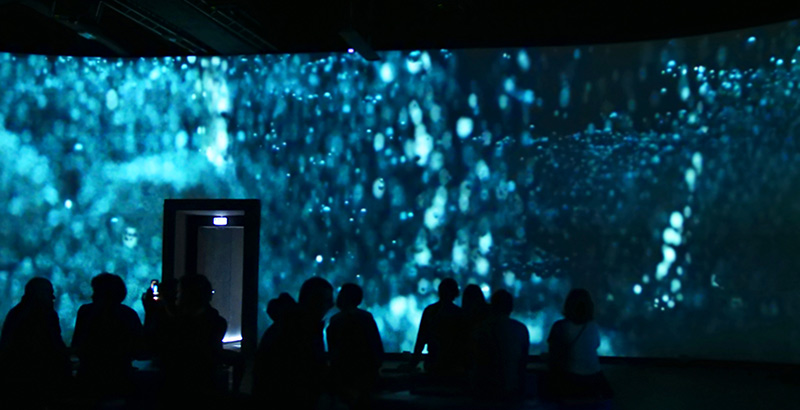 "Hemispheres" - Alte Münze Berlin, Germany. Concept & Music: Lukas Taido, Visual Arts: Lars Ullrich
"Hemispheres" - Alte Münze Berlin, Germany. Concept & Music: Lukas Taido, Visual Arts: Lars Ullrich
CZ: You describe your work as "music & immersive sound sculptures." What means do you use to create acoustic shapes and spaces?
LT: Long before the technology existed, I dreamed of creating acoustic spaces as sculptures. The early stereo or surround-sound technology only allowed to 'paint' on surfaces - to compare it with visual art - that is to arrange sounds like music, language, or noises as a painter would do with color on a large canvas. The newer 3D audio technology, on the contrary, uses a large number of loudspeakers positioned at different heights. This adds another, flexible 'dimension' to the surround effect through which three-dimensional sound spaces can be created - and these are more like sculptures than flat paintings. In this context I developed the term "sound sculptures" a few years ago.
CZ: What can we imagine by "immersive sound sculptures"?
LT: To use the same image: a painting can only be viewed from the outside, even three-dimensional sculptures and objects can usually only be experienced from the outside, even if you change your perspective. The term "immersive" refers to the fact that the audience is in the midst of the sound event.
"Immersive sound sculptures", again compared to visual art, may be described best as installations or space choreographies. It was crucial to me to associate the term sound sculpture with an adjective that emphasizes the perspective from which the work is perceived: from inside the sound.
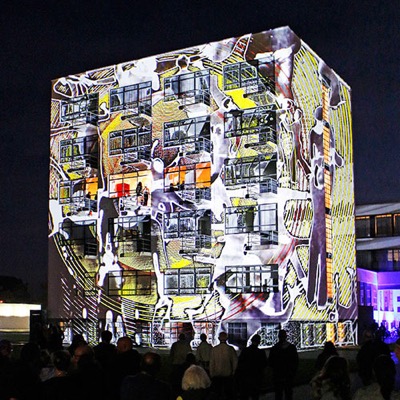
"ON THE BRINK" - Music for celebrating 100 Years of BAUHAUS, 2019. Photo: Chr. Ziegler
CZ: Our culture is a culture of images. The hunger for visual stimulation is endless despite our extensive media consumption. What is the advantage of working in the field of music and sound? What can the acoustic art medium represent 'better' than the visual?
LT: Feelings. Access to our emotions is much more immediate in the case of music and sound. Images can also convey emotions very intensely, but these are fixed emotions.
Music, sound, and noise, on the other hand, have an instant effect on us. This is due to the evolution connected to the development of our senses: in the early human period, the ear was the main organ to convey information, especially in the dark, about threats and dangers and which resulted in an immediate reaction, the so-called fight or flight response.
My work is focused on this vital connection to the immediate feeling.
CZ: Your sound sculptures and installations are usually designed for specific locations, for example, Shanghai Tower, TV Tower Dortmund, Weimar City Palace, Funkhaus Berlin, Alte Münze Berlin. How does the location and the history of the place influence your work?
LT: The spatial conditions clearly define my starting point. They are the basis of all my further considerations. The history of the place sometimes influences my concept and can be a source of inspiration, but my most important question is: how does it feel to be there? Which aesthetics dominate the space? Is it an old factory hall, the garden of a classicist castle, or an ultra-high-tech architecture where I am? And how will the audience experience the space: moving through it at a dizzying height, lying relaxed in armchairs, or standing in the open air?
This is essential. Subsequently, I am concerned with the history of the place, and the development of the context. One further issue is the technical requirements that result from the spatial conditions: the shape of the architecture, for example, always influences the sound.
But ultimately, everything is based on how the space feels and how can I intensify the perception of this place.
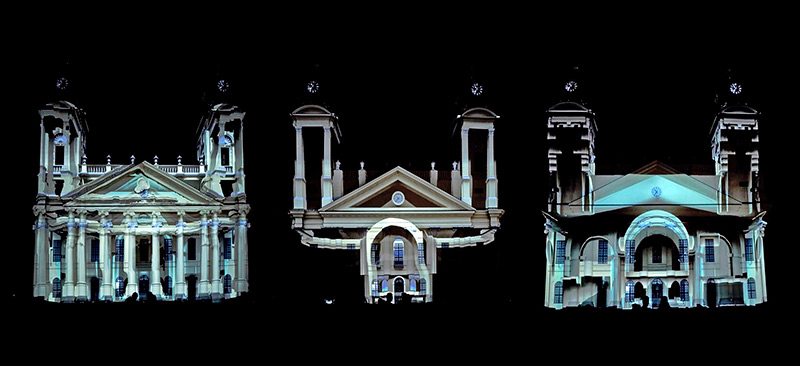 "Nights Of Lights Festival" - Cathedral in Debrecen/Hungary, 2018. '5 Artists 5 Works' screening: music by Lukas Taido, visuals by László Zsolt Bordos
"Nights Of Lights Festival" - Cathedral in Debrecen/Hungary, 2018. '5 Artists 5 Works' screening: music by Lukas Taido, visuals by László Zsolt Bordos
CZ: You create acoustic spaces between fiction and reality. Do you also reflect on social or political issues through sound, as done through other art media? How do you translate these issues into sound?
LT: Since the imagery in my audiovisual installations is often abstract, I usually add spoken language to the sound compositions. In my installation "Directions," which was about orientation in the age of ever-present GPS navigation, I used very different voices: male, female, young, old, children's voices, professional speakers, amateurs, and also Siri - the Apple voice assistant - and the voices of different navigation systems as they 'explain' the way.
I think it's important to communicate directly with the audience, without them having to read excessive text explanations to understand what my work is about. Sometimes my primary goal is to create intense moments of sensuality, or even more, an audiovisual state of trance.
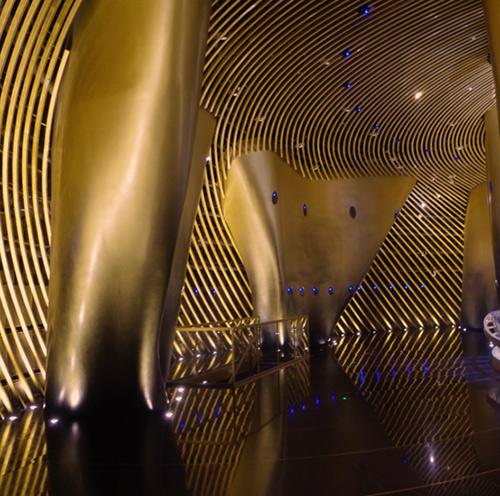
"Tribes" - Music composition in 3D audio. Top Floor of the Shanghai Tower. China. 2017. Photo: L.S.
CZ: With Covid-19, art is experiencing a massive shift towards the Internet. Music has a big advantage in this regard because there are already countless platforms for all possible genres. The visual arts, on the contrary, is breaking new ground with online exhibitions and Zoom meetings. How does this shift to the internet affect your sound sculptures, which are usually designed for individual locations? Is the pandemic changing the way you work?
LT: With regard to my audiovisual installations, yes, extremely! It is substantial for me that the audience experiences the audiovisual space from within and that they become part of the installation.
When I document my projects, I often notice how extremely limited the digital 'space' is by having only two dimensions. The viewer's perspective is dictated by the screen window, the sound merely comes out of two frontal loudspeakers. I often ask myself whether this kind of documentation makes sense since it is not even remotely comparable to the 'real' sound sculpture experience.
The pandemic's impact on my work has been that I have reduced my focus on mainly preparation of new projects. At the same time, I try to spend as much time as possible on other things that have an influence on my work: music, literature, exchanging ideas with other artists, curators etc. In this sense, it is a luxury for me to have this time.
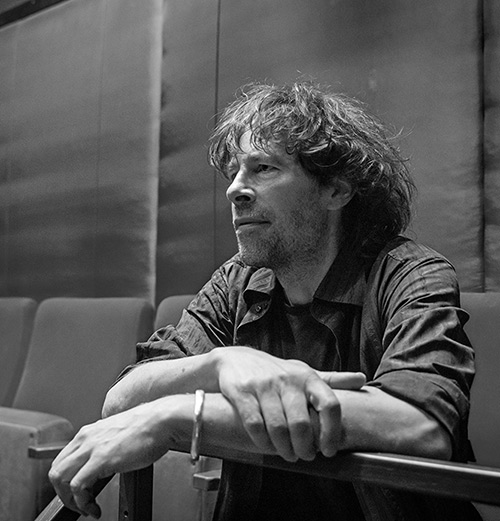
Lukas Taido. Photo by Max Ott.
The introspection induced by the forced break thus also has positive aspects, and this has led to important considerations and insights for me. But the moment has definitely come where I count the days until cultural life returns to its normality and when I can start to work again in the usual way. We will certainly be able to appreciate normality - which we may have taken too much for granted - all the more in the future!
Homepage: www.lukas-taido.com
